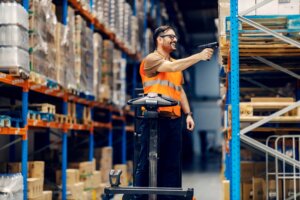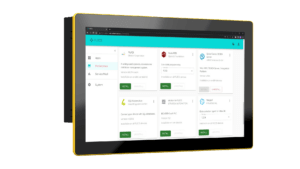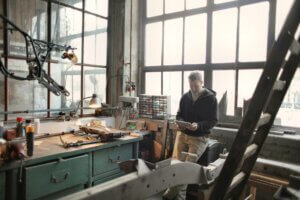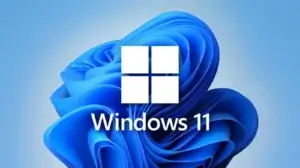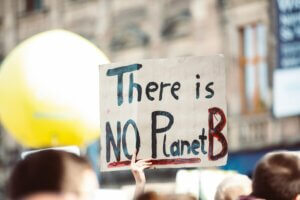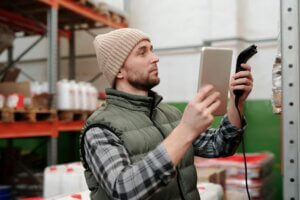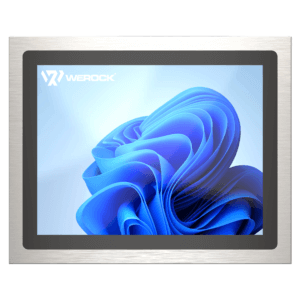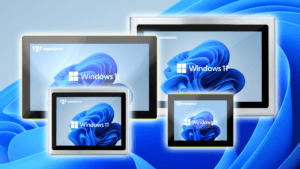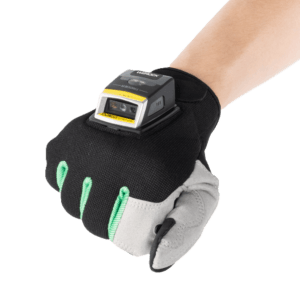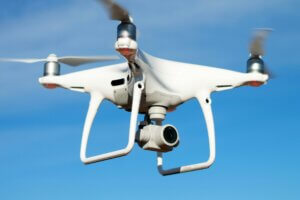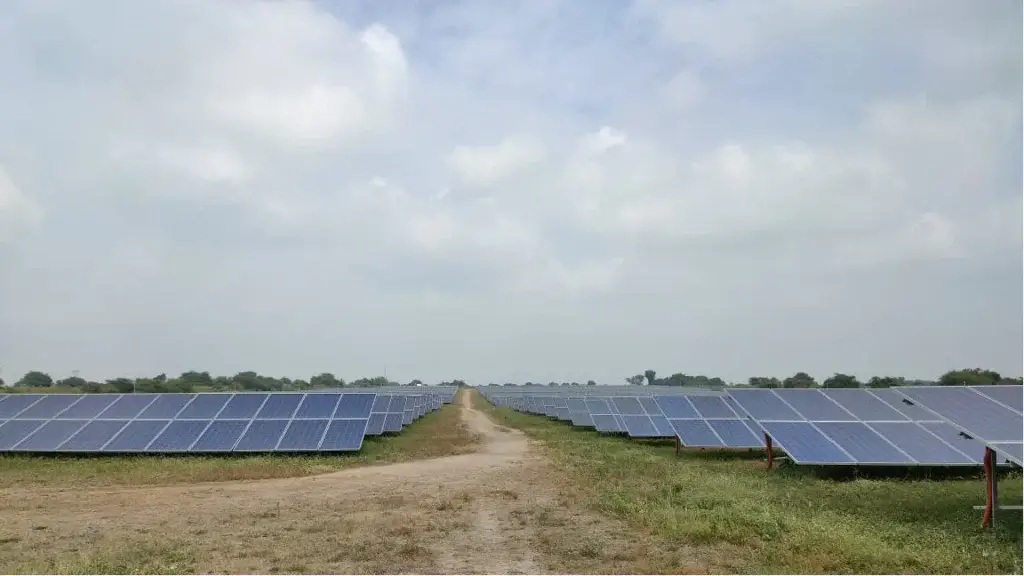After the European elections and before the summer holidays, there is a lot to report again. We are repeatedly asked about certifications for the climate neutrality of our products. WEROCK continues to grow, and with it the actual greenhouse gas emissions generated by production and logistics. The exact calculation of emissions is complex and can take up the time of a full-time employee. WEROCK is still too small for that, and we prefer to round up generously until we are big enough for it.
We are pleased that the issue of environmental protection is increasingly coming into focus at the EU level. Of course, not without the typical bureaucratic hurdles that are implemented in national law. From the reporting requirement for packaging, the amendment of the EU Waste Shipment Regulation, the amendment of the Electrical and Electronic Equipment Act (ElektroG) to take account of the increased proportion of lithium batteries, to the new “European Directive on Corporate Sustainability Reporting” – the German-European regulations keep entrepreneurs on their toes. For medium-sized companies like us, this ties up necessary resources and increases operating costs, which we ultimately have to pass on in our sales prices. The new directive on sustainability reporting also stipulates that we will no longer be able to call ourselves “climate-neutral” in the future because there is no corresponding audit report. So we are faced with the dilemma of either limiting communication about this or somehow finding a pragmatic solution. This has nothing to do with climate protection anymore. So if you suddenly stop reading these reports or no longer find any reference to the climate neutrality of our products, it’s not because we’re no longer pursuing our mission of “Green Industrial IT”, but because we haven’t found a practical solution for sustainability reporting without having to pay too much for external consultants.
Emissions
As expected, our emissions from the production and logistics of our products fell in the second quarter of 2024, but still account for the largest share of our total emissions at 95%. Compared to the first quarter, total emissions have fallen by almost 78%, which is mainly due to the fact that we already commissioned larger production orders in the first quarter in order to be better able to deliver in the second half of the year. Compared to the second quarter of 2023, emissions are only 13% lower. As before, it is not possible to calculate emissions exactly because we lack the internal resources to do so. All emissions are recorded according to the scope concept of the Greenhouse Gas Protocol. The proportion of indirect emissions from purchased energy (Scope 2) and direct emissions (Scope 1) fell by 49% in the second quarter due to optimized calculation methods for building emissions and now accounts for 4.95% of total emissions.
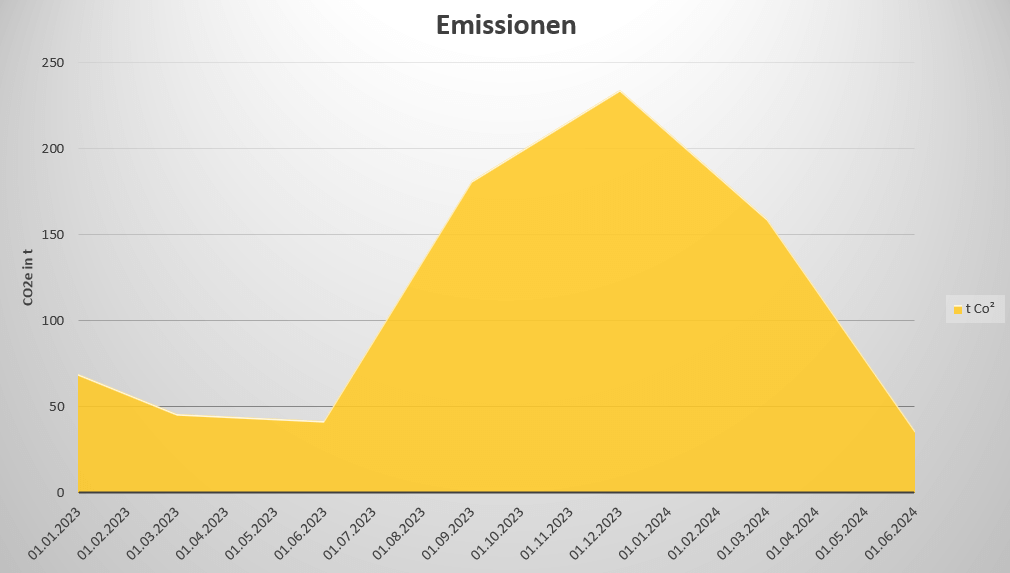
Offsetting
Unfortunately, computers cannot be manufactured in a climate-neutral way. Part of our corporate philosophy is to offset the emissions that cannot currently be avoided in order to at least be climate-neutral in terms of our balance sheet. To offset our emissions, we invest money in sustainable projects. This offsetting makes our products climate-neutral. You can find out who receives this money and how it is used in our quarterly climate report. We make sure that the projects are certified by the Gold Standard Foundation. This organization certifies sustainability projects and is one of the best certifiers in the industry.
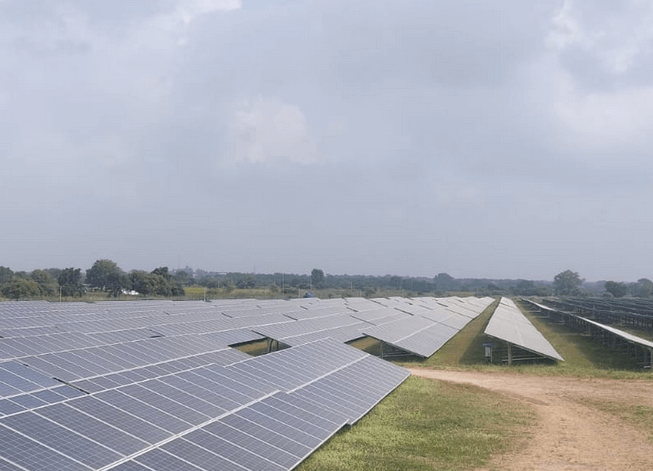
Projects that have been similarly scrutinized can only be found in projects that are certified directly by the UN. However, it is not so easy to make a financial contribution there.
For the second quarter, we have decided on a project for the generation of electricity from renewable solar energy. The solar plant, with an output of 25 MW (27 MWp), is located in Manwath in the state of Maharastra in central India. The electricity generated is fed into the regional grid, which is under the jurisdiction of the Indian electricity grid, which is dominated mainly by thermal/fossil fuel power plants. This will result in a saving of approximately 50,000 tons of CO2e per year, with an electricity output of approximately 54,000 MWh per year.
Progress
We were able to optimize the calculations of building emissions on site and now have more accurate figures. As a result, our Scope 2 emissions have fallen by 86% compared to the first quarter. However, this figure will rise again in the third quarter as we have rented additional premises.

Setbacks
We are still receiving packaging from one of our suppliers that, for whatever reason, has a little foam in the lid. In the interests of sustainability, we are using this cardboard instead of sending it back, since the material has already been used. We are keeping an eye on this to avoid it in the future.
Outlook
The third and fourth quarters are traditionally strong months for projects. We are well positioned with our stocks, so there will be no new issues here. It remains to be seen which exciting projects you want to realize with us this year – and which will be postponed until next year. Nevertheless, we expect an increase in issues in the coming quarter.
Please continue to accompany us on our journey to do even more for the environment. Join us. Equip your employees with durable and robust devices from WEROCK. This will give you climate-neutral, modern technology that will increase the efficiency of your company. At the same time, we can use our profits to do even more for climate protection. We look forward to your inquiry!
